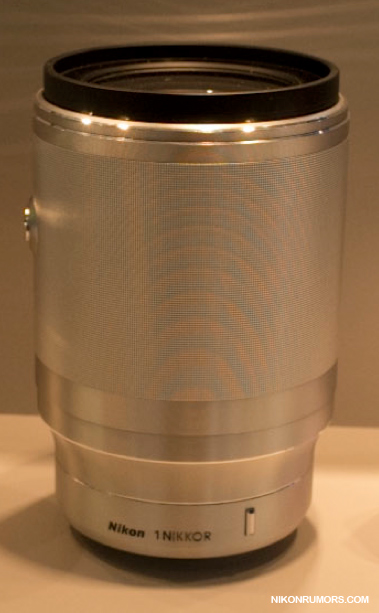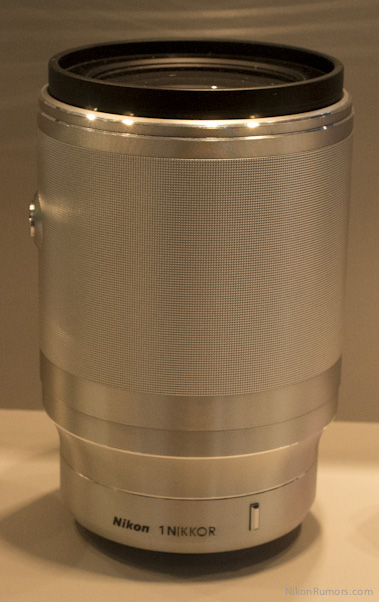Why would Nikon release the D800E with the anti-aliasing (AA) filter removed? The simple answer is to produce sharper images with more details and better resolution. The AA filter removes information that cannot be recorded “correctly” by the sensor. It’s basically an extra layer on top of the sensor that reduces the image quality in order to remove certain undesired artifact. If you remove the AA filter, the drawback is that you can get moire patterns in certain situations (see example above). Since several readers have asked me about this topic, here are few related links about anti-aliasing (AA) filters and moire (feel free to add more links in the comment section):
- Anti-aliasing filter on Wikipedia
- Maxmax -this company offers removal of the AA filter for certain Nikon DSLR cameras (see before and after examples)
- An article about moire
- Technical explanation of aliasing
Leica M9, Fuji X100, X-pro1 and many medium format cameras have sensors without AA filters (or with very “weak” AA filters). With this move I believe Nikon is directly targeting medium format users by offering a 36MP sensor without the AA filter in a much smaller and affordable package.
Moire can be removed in post processing. Capture NX also has a moire reduction tool. Here is the above image processed in Lightroom:








